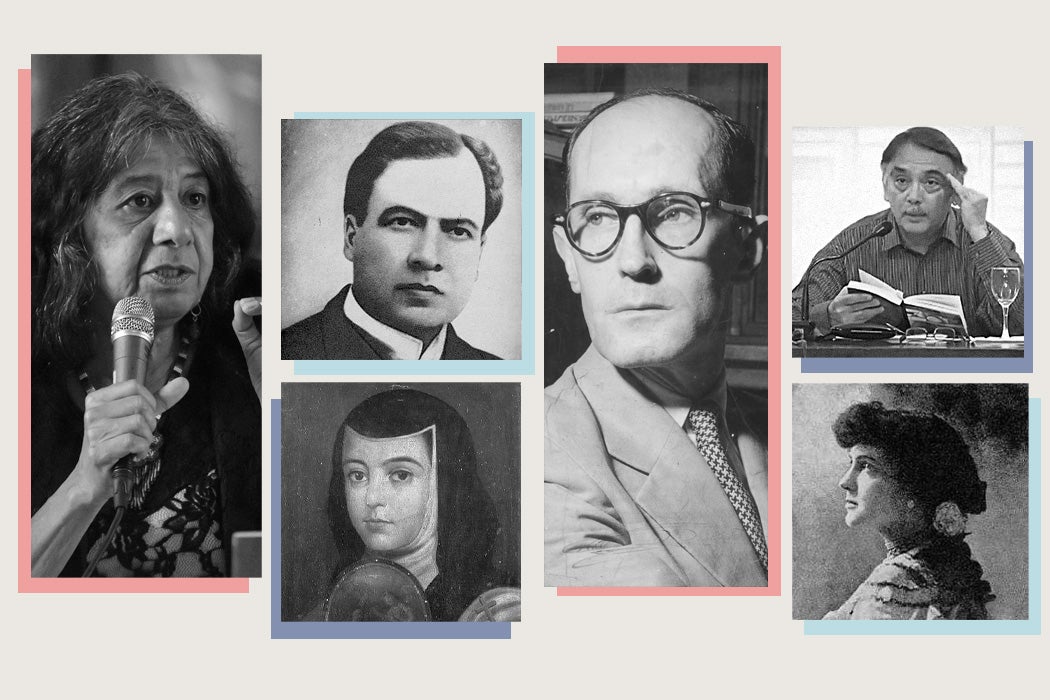“Poetry,” the Mexican writer Octavio Paz reminds us, is a “suspension bridge between history and truth.” For this reason, one of the most meaningful ways to celebrate National Hispanic Heritage Month may be to lend our unwavering attention to verse.
The following ten poems not only cut across the entire Western Hemisphere—from Río de la Plata to San Francisco’s Mission District—but also span multiple languages—from Spanish and English to Yucatec Maya and Portuguese. They reflect the rich heritage that makes up the largest minority group in the United States.
We’ve included selections from each of the poems. For the full works, click the links.
“To Hope,” by Sor Juana Inés de la Cruz (translated by Harry Thomas)
but as for me, unsure of fortune, I
will keep my eyes well shaded by my hands,
and only see the things that I can touch.
“To Roosevelt,” by Rubén Darío (translated by Lysander Kemp)
You think that life is a fire,
that progress is an irruption,
that the future is wherever
your bullet strikes.No.
“The Wings,” by Delmira Agustini (translated by Beth Tornes)
One day, strangely
collapsing to the earth,
I slept in the deep plush of this forest.
“José,” by Carlos Drummond de Andrade (translated by Jean R. Longland)
And now, José?
The party done,
the lights gone out,
the guests gone home,
the night grown cold,
and now, José?
“Call Out My Number,” by Julia de Burgos (translated by Julio Marzán)
Do they want the wind’s coffin
hidden in my tangled hair?
Or the stream’s eager desire
dead in my poet’s brain?
“La fotografía,” by José Watanabe
Más tarde, en su laboratorio, después de que la luz
imprima el papel fotográfico
empezaré a asomar tenuemente, lentamente
en la bandeja del ácido revelador. Apareceré
como él espera que aparezcan todos los poetas
“Tríptico de los contrasonetos anacrónicos,” by Excilia Saldaña
Mano, ciérrate en puño… ábrete en llaga
cúrate en la infiel chispa que es la mía.
Busca manar segura de tu daga.
“The Levee: Letter to No One,” by Lorna Dee Cervantes
Today I watched a woman by the water
cry. She looked like my mother: red
stretch pants, blue leisure top,
her hair in a middle-aged nest egg.
“Tiempo transfigurado,” by Eugenio Montejo
El rostro que no se ve en ningún espejo
porque tarda en nacer o ya no existe,
puede ser de cualquiera de nosotros,
—a todos se parece.
“Kite,” by Briceida Cuevas Cob (translated by Jonathan Harrington)
Memory
is a kite.
Little by little you let it go,
enjoying its flight.







